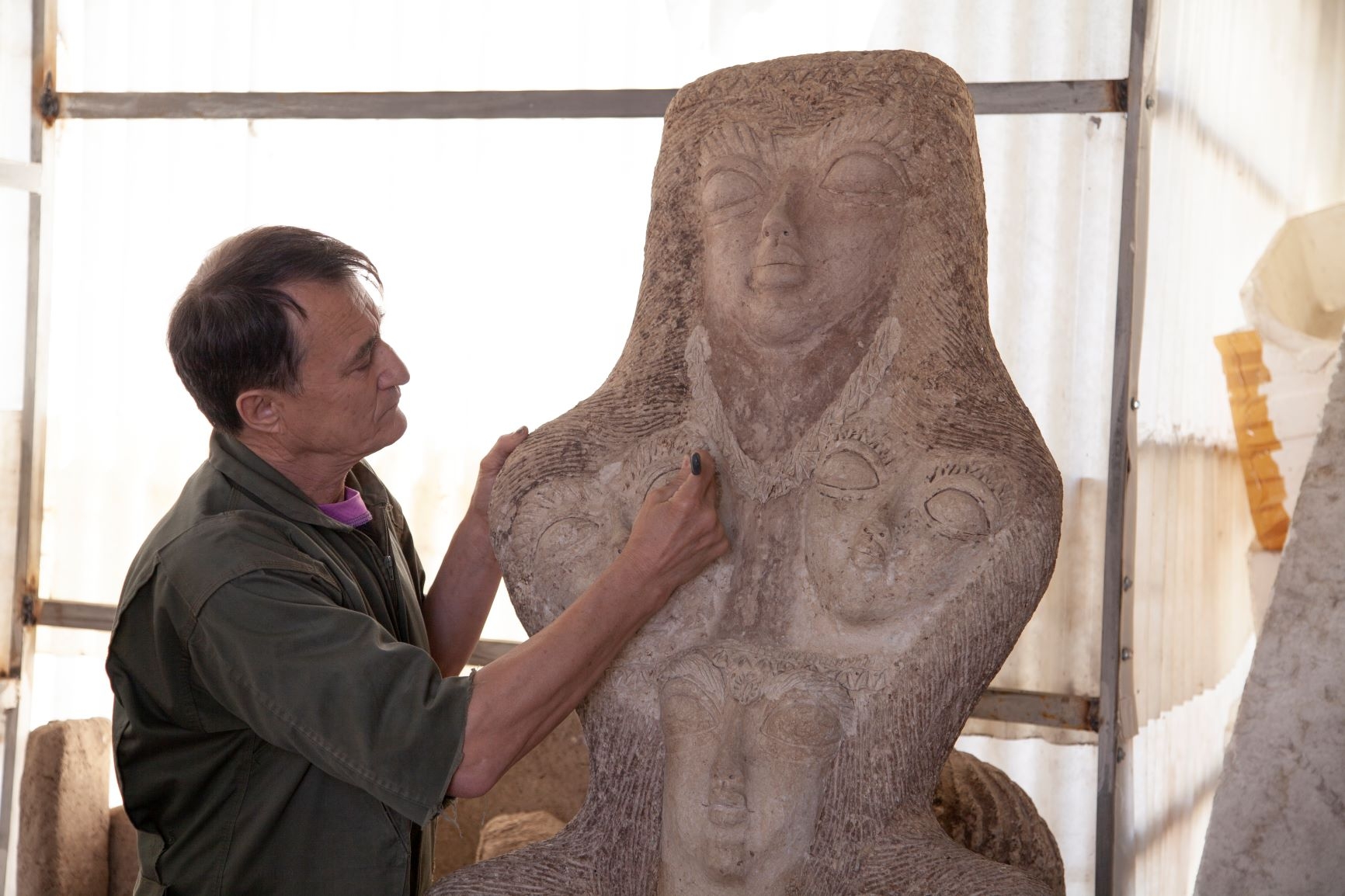
In pictures: Iran's Afghan Michelangelo
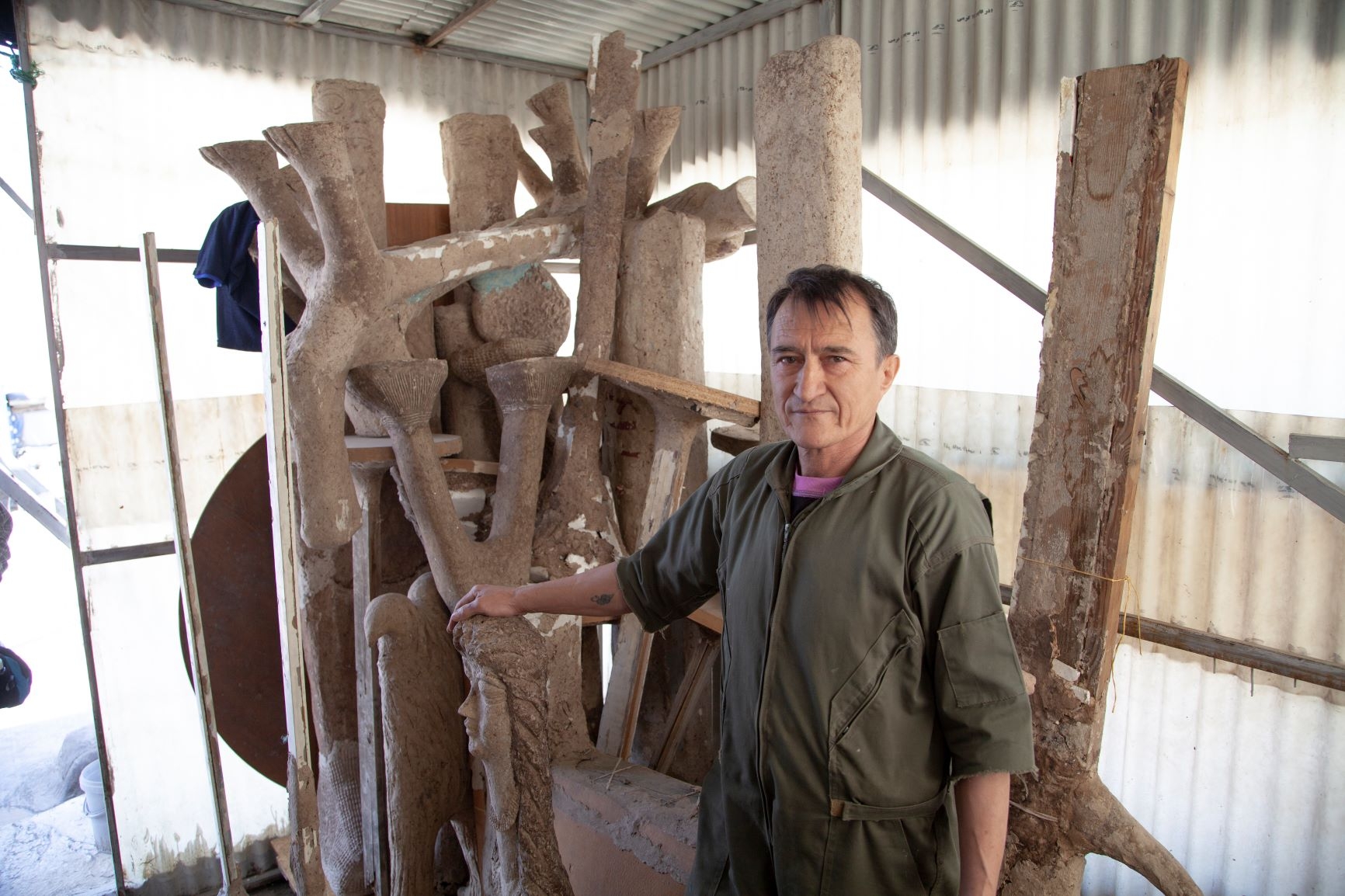
Alikhan Abdollahi has lived in Iran since 1989, after fleeing war in neighbouring Afghanistan. After arriving in the country, he began working as a caretaker in central Tehran. But Abdollahi also has another life, one which has won him the moniker the “Michelangelo of Afghanistan”, for the Afghan refugee has earned renown as an artist without attending art school (All pictures: Mohammad Esmaeilizadeh)

“When I was in Afghanistan and even early on when I was here [in Iran], I hadn’t seen a sculpture up close before,” says Abdollahi, who was 25 when he left Afghanistan. His journey to becoming a sculptor started with an encounter with an elderly street painter who sold his works on a sidewalk outside Abdollahi’s workplace in 1994. Fascinated by the paintings, he brought the artist a cup of tea and the pair struck up a conversation. The resulting friendship that developed with the man, who was known as Usta Hassan [Master Hassan], would have life-changing consequences for Abdollahi.

The one lesson Usta Hassan had to offer Abdollahi was to not give up on his dreams, irrespective of whatever hardships came his way. One day, out of the blue, an idea struck the young Afghan during one of his regular meetings with the artist - that he and his friend should use the time they were spending chatting together to make statues instead.

Not having the slightest idea about sculpting, the pair made their first piece, a small human torso, from abandoned wooden furniture and clay. Abdollahi says he and his friend were nevertheless proud of their creation. Future creations included birds and other animals, which were added to the collections for sale on Usta Hassan’s streetside stall. To their surprise, shortly after putting the statues on display, they had a buyer for several of the pieces, who paid generously. Little did they know how important those purchases would be.
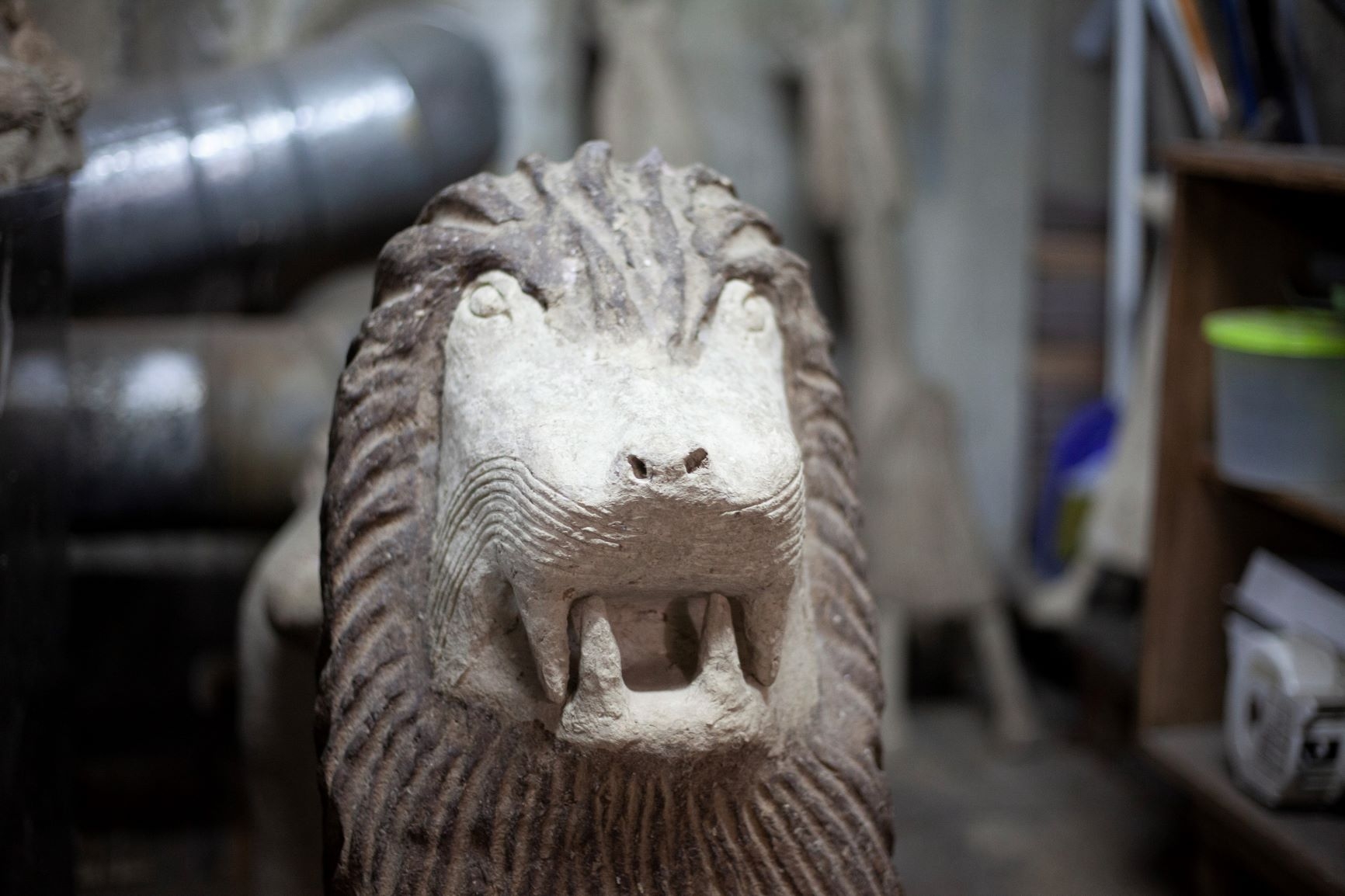
The buyer was a prominent cartoonist, Kambiz Derambakhsh, who was well-connected in Iranian art circles. He took the statues to several galleries and when they were well received, he returned to Abdollahi, encouraging him to start creating more unique and imaginative works of art. Abdollahi and Usta Hassan decided to get serious about their new passion and embarked on acquiring better materials with which to make their statues, including clay, plaster and papier-mache paste made from egg cartons.

The pair collaborated until Usta Hassan’s death in 2014. No pictures of the two together are currently available but two and a half decades after their meeting, Abdollahi has become a recognisable face in Tehran’s art circles and is known for his abstract sculptures of mythical beings and animals. He says: “Each has a story and message to tell.” Talking about his nickname, Abdollahi says he thought he was being ridiculed the first time someone called him “the Michelangelo of Afghanistan”. The epithet stuck and soon members of the Iranian media started to use it.
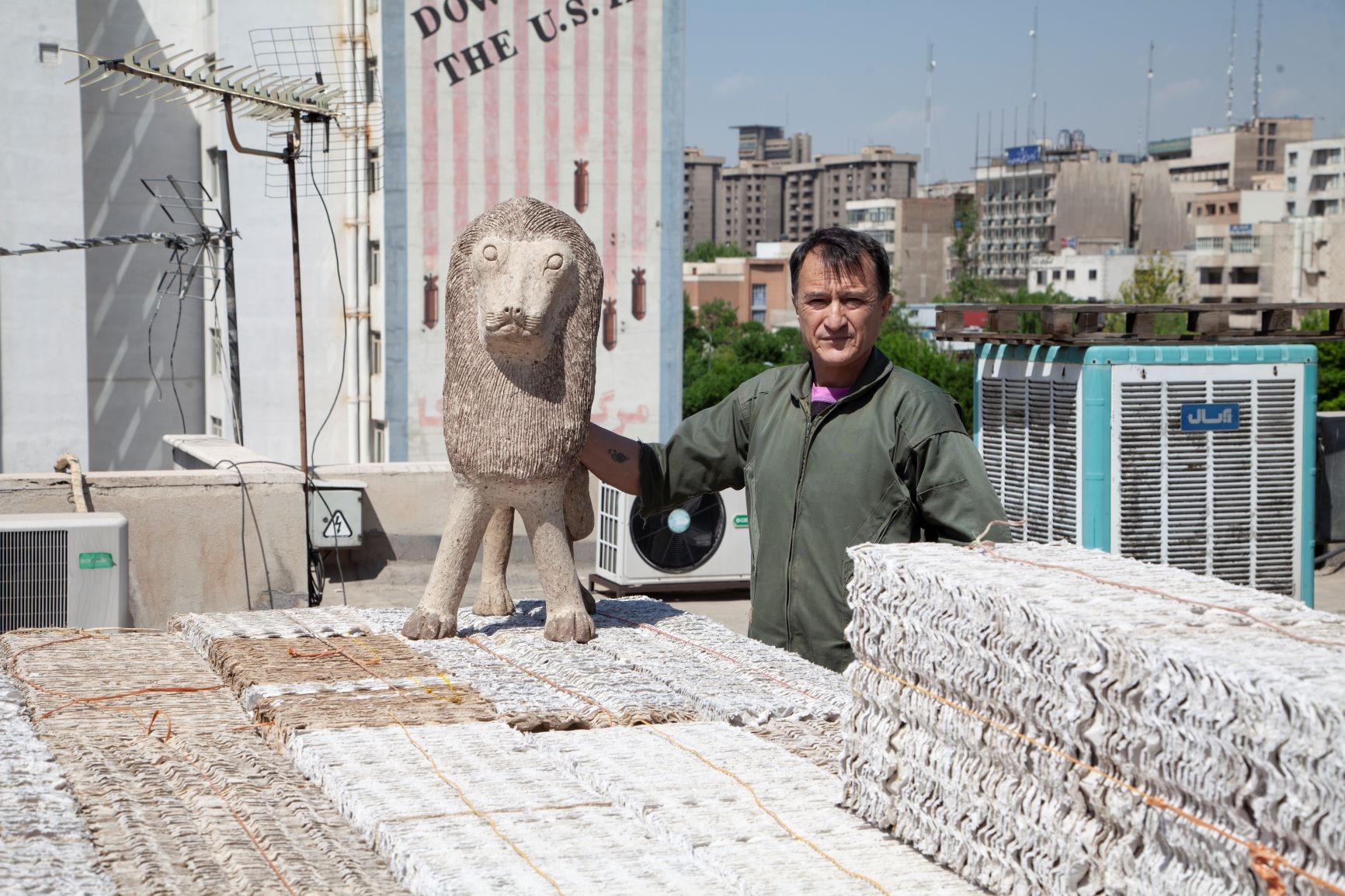
Today, private collectors, famous people and galleries buy Abdollahi’s works. He has been the subject of documentaries in Iran and his work has been put on display in Tehran, as well as galleries in Dubai, Paris, London and Amsterdam.
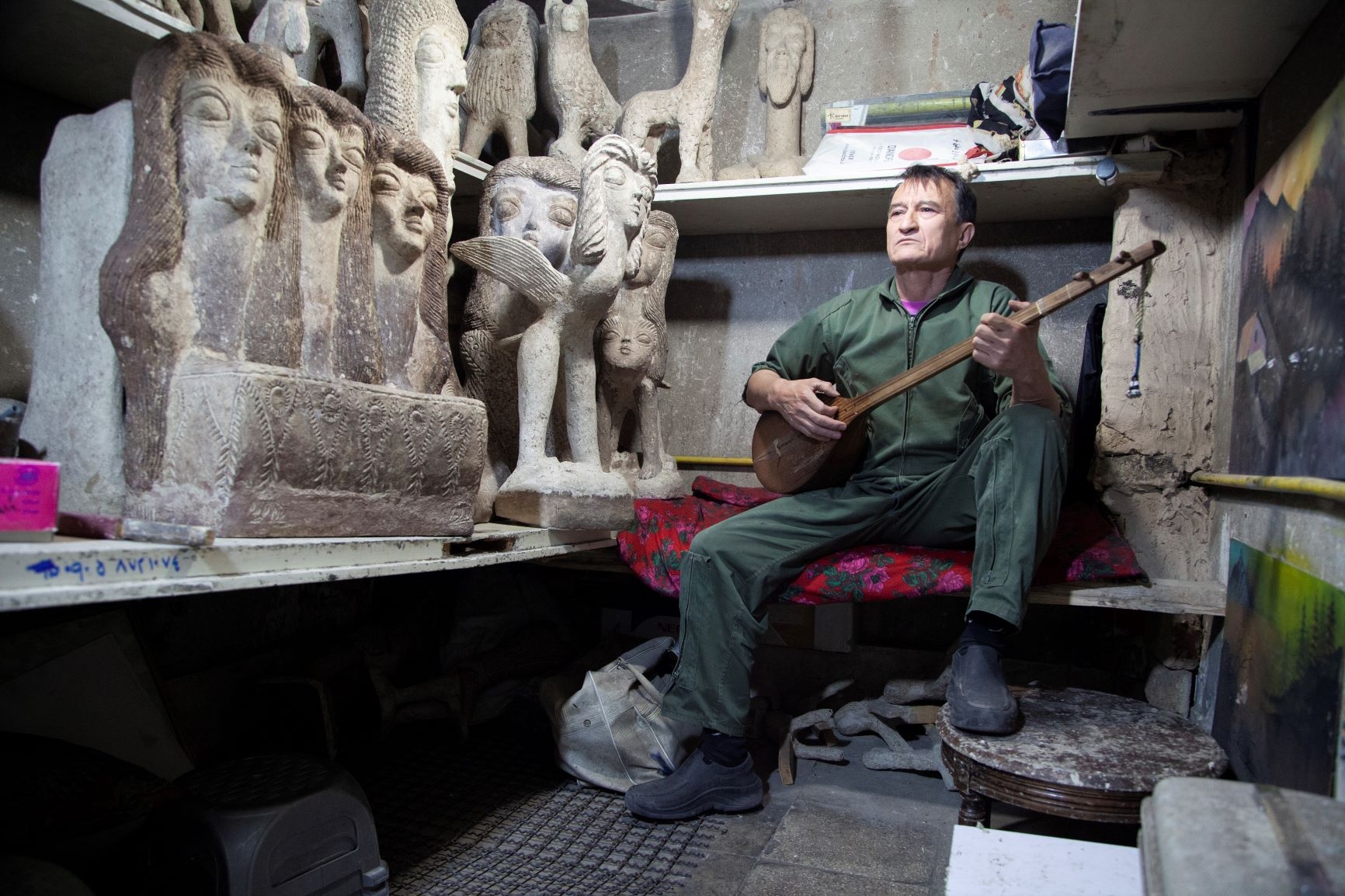
On average it takes Abdollahi between a week and a month to complete a larger sculpture with turnaround faster for smaller pieces. He says he has made several thousand throughout his career but despite the huge output, fame and the respect of art circles, making ends meet is still a challenge for the artist. He still works in the same building he worked in when he met Usta Hassan, although the money he gets for his sculptures have allowed him to send his three children to university.
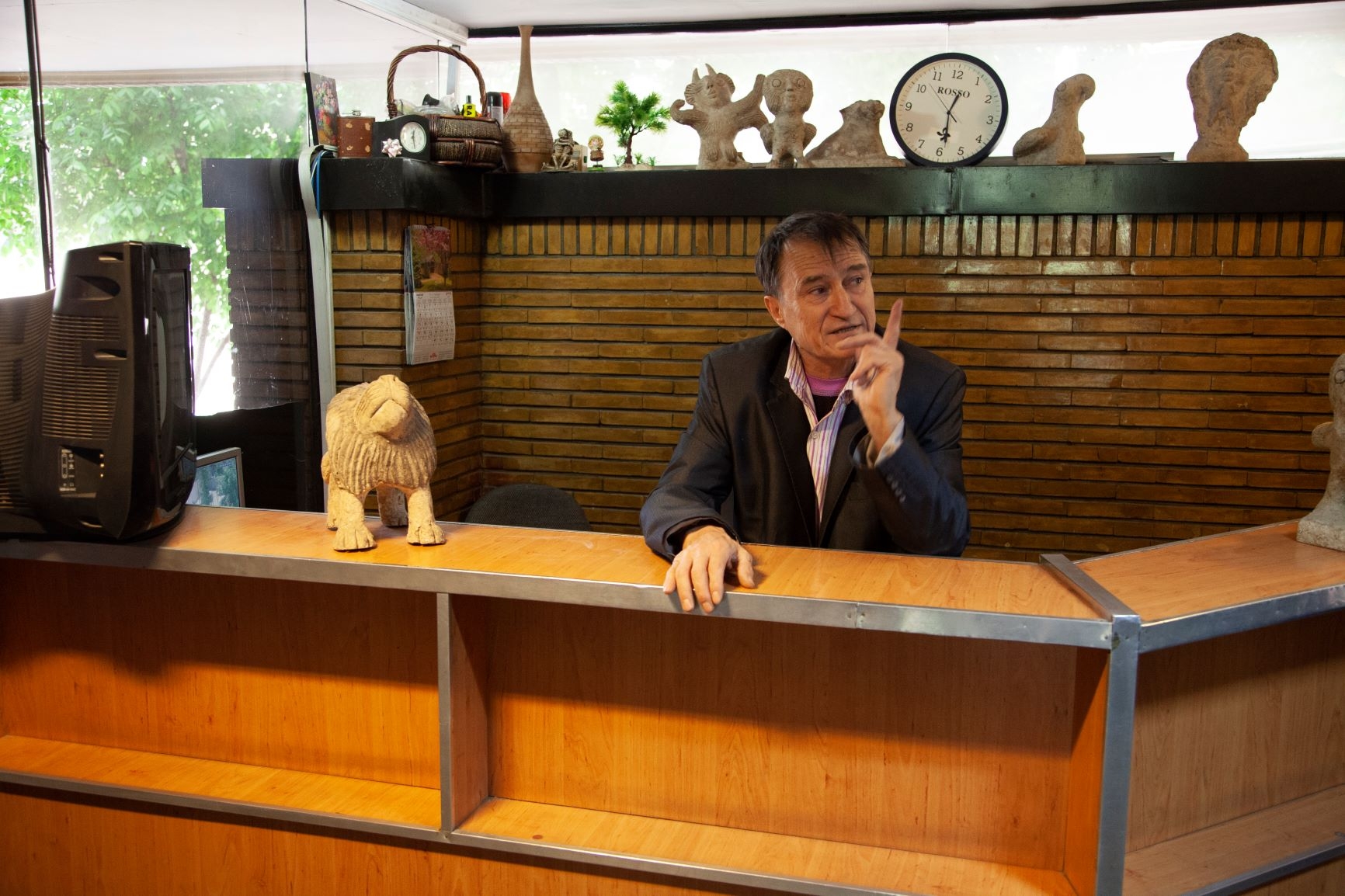
As a refugee, Abdollahi cannot attend exhibitions abroad and has similarly been unable to return to his native Afghanistan. He still lives in the same building he lived in when he first arrived in Tehran and splits his time between his day job, as a building concierge, and pursuing his craft. His makeshift workshop is situated on the building’s rooftop and he keeps his materials in a storeroom located elsewhere inside the building.
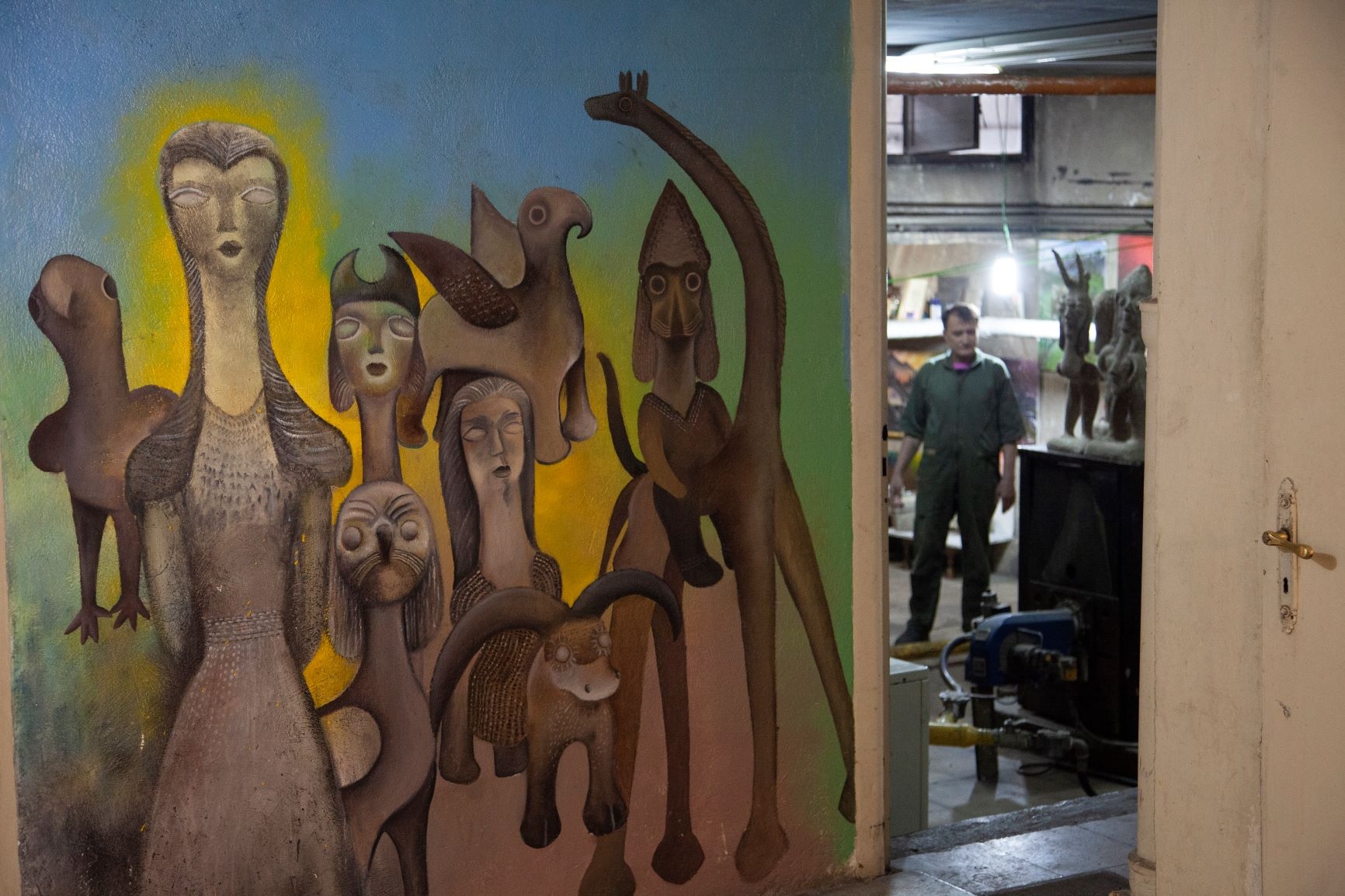
Despite his day job and the time spent producing his sculptures, Abdollahi still finds time to train a new generation of sculptors, including fellow Afghans. Now 57, he has four trainees and says that he is hopeful that one day he will be able to dedicate himself fully to his art and teach others his passion.
Middle East Eye delivers independent and unrivalled coverage and analysis of the Middle East, North Africa and beyond. To learn more about republishing this content and the associated fees, please fill out this form. More about MEE can be found here.




